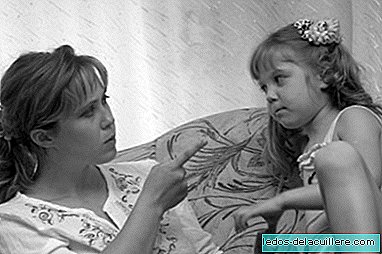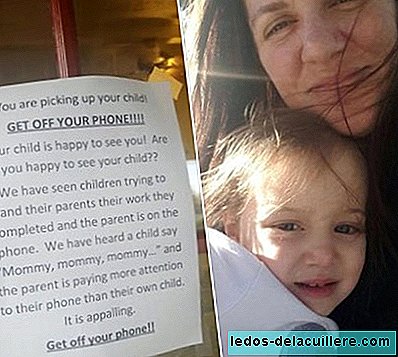
Waiting a few minutes before cutting the umbilical cord that joins the mother with the newborn baby is advisable to avoid anemia, according to a study carried out jointly by the Department of Pediatrics of the Italian Hospital of Buenos Aires and Maternity Martin de Rosario, coordinated by the Rosarino Center for Perinatal Studies (CREP) and funded by Unicef Argentina.
According to specialists, this simple measure called late ligation of the umbilical cord decreases the risk of iron deficiency. To reach this conclusion, the doctors analyzed a total of 276 full-term newborns and the result of normal pregnancies and divided them into three groups. To those of the first the cord was cut a few seconds after birth, following the usual practice; to those of the second, to the minute and to those of the third, to three minutes.
According to blood samples taken at six hours after birth and on subsequent days, babies in the first group showed a higher percentage of anemia than babies in the other two groups. The explanation of the researchers is that during the first minute of life the baby receives about 80 ml of blood by transfusion from the placenta and reaches 100 ml at the third minute. This volume would therefore give them between 40 and 50 mg more iron than, added to the 75 mg that every full-term baby has, would make a total of approximately 115-120 mg.












